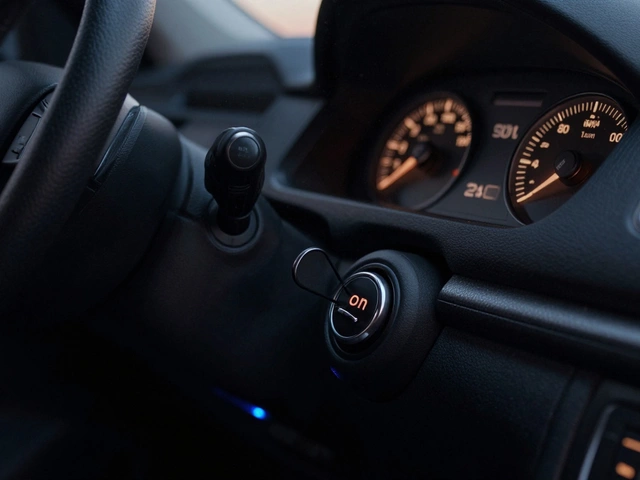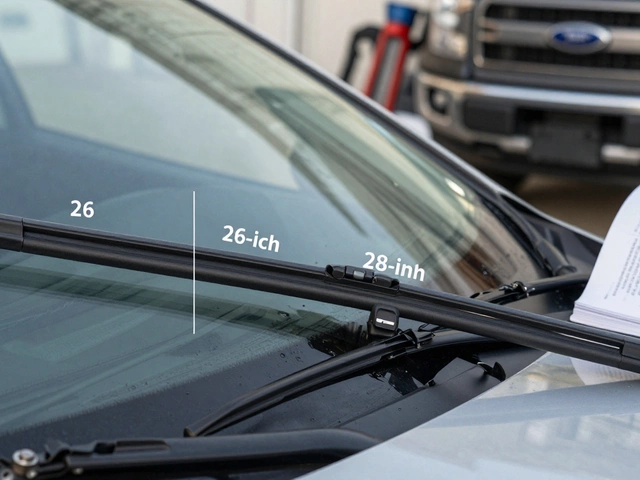Brake Pad and Rotor Replacement: What You Need to Know
When your car starts making a high-pitched screech or the steering wheel shakes when you brake, it’s usually a sign that your brake pad and rotor replacement, the process of installing new friction material and smoothing or swapping out the metal discs that stop your wheels. Also known as brake service, it’s one of the most common but often misunderstood repairs on any car. Many drivers think replacing just the pads is enough—but that’s like putting new tires on a bent rim. The brake rotors, the metal discs that the pads clamp down on to slow the car wear down too, and if they’re too thin, warped, or grooved, new pads won’t work right—and can even be dangerous.
How do you know if your rotors need replacing? If you feel a vibration in the pedal or steering wheel when braking, that’s often a warped rotor. If you hear a grinding noise, you’re likely metal-on-metal—meaning your pads are gone and the rotor is getting damaged. Some shops try to upsell rotor resurfacing, which means shaving off a thin layer to make them smooth again. But if the rotor is already near its minimum thickness (printed on the rotor itself), resurfacing won’t help. You’ll need a full rotor replacement, swapping the old disc for a new one. Most cars need new rotors every other brake pad change, but it depends on your driving style, the weight of your vehicle, and the quality of parts used.
Skipping this step doesn’t save money—it costs more in the long run. Worn rotors reduce stopping power, increase brake fade on hills, and can cause uneven pad wear, which means you’ll be back in the shop sooner. And if you ignore the signs, you risk damaging the calipers or even causing a brake failure. The good news? Most brake jobs are straightforward. You don’t need to replace everything at once unless it’s worn. Check your pads visually through the wheel spokes—if they’re thinner than a quarter inch, it’s time. Listen for noise, feel for vibration, and don’t wait until your car takes twice as long to stop.
Our posts cover exactly this: how to tell if your front or back pads are worn, whether you can skip rotor replacement, what resurfacing really means, and how to spot when a mechanic is pushing unnecessary work. You’ll find real-world advice from people who’ve been there—no fluff, no jargon, just clear steps to make the right call. Whether you’re checking your own brakes or getting an estimate, this collection gives you the facts to avoid being overcharged and keep your car stopping safely.





